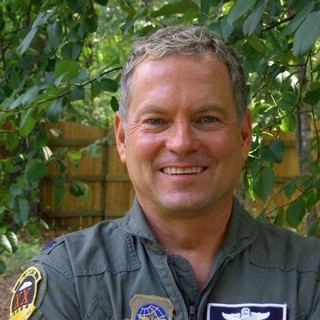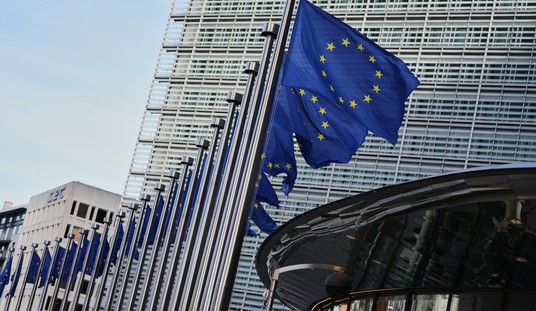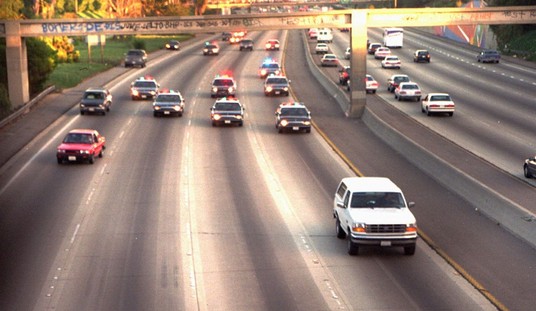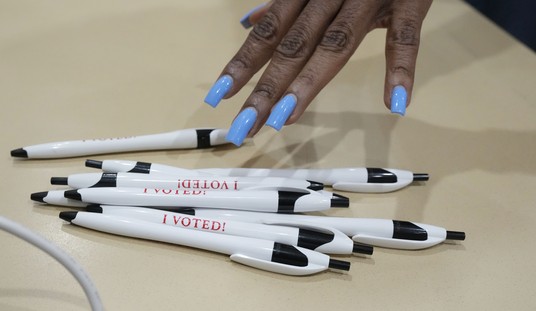 Put some water in the kettle, brew up some tea, and settle in.
Put some water in the kettle, brew up some tea, and settle in.
After my year at Air Force pilot training, I was assigned to fly C-141 Starlifters at Charleston AFB, SC. I was young, single, and the 141 was my first choice coming out of training. I was thrilled.
On October 25, 1983, after only two operational missions as a copilot, I was put into an alert status to wait for a call. Something “real world” was happening. Very shortly thereafter, I was on my way to Pope AFB, NC, to fly the 82nd Airborne to the invasion of Grenada. President Ronald Reagan had ordered this swift military intervention because of a violent Cuban-Soviet-backed coup on the Caribbean island that threatened a group of American students who were trapped at the St. George Medical School. The Soviet Union was hoping to establish a MIG base within striking distance of Florida.
I was stoked and ready to go! We departed Charleston and arrived at Pope AFB early in the night. Our briefing from the intelligence officer at Pope consisted primarily of our receiving a photocopied tourist map of the island. Our briefers confessed, “We don’t know the runway length at the Point Salines airfield where you will be landing and unloading the troops. The runway heading is 1-0-0. It’s under construction by the Soviets. There may or may not be trenches dug into the runway. We really have no idea what resistance you’ll find. Go for it.”
That was the intelligence briefing: Here are some guns; there are your soldiers; there’s your jet; go.
As we were boarding our aircraft, a crusty Army Sergeant Major in full combat gear and a subdued 82nd Airborne patch pulled me aside under the wing. “Lieutenant,” he growled, “just get me down there safely. I’ve got a silver bullet for the first commie bastard I see.” I smiled.
As our flight approached the island, rain clouds developed. We went into holding, waiting for our call. The airfield was held and defended by the Cubans, and we looked down at tracer bullets streaking across it. An Air Force AC-130 was pounding anti-aircraft sites. Explosions and small fires blazed along the rolling hills nearby. We circled at 12,000 feet, just off the coast, waiting for the call to come in.
American military aircraft of various types were stacked vertically like pancakes at 1,000 feet over the same point in the sky. Very little thought had been put into properly sequencing aircraft by operational priority. It was “first-come, first-served.” We, for example, had the warfighters and medical personnel, jets below us were carrying support and administrative personnel. Worse, we couldn’t communicate with one another. Navy aircraft were on one radio frequency, some Air Force aircraft were on another frequency, and yet even more Air Force aircraft were on a third. I hadn’t been an Air Force pilot long, but I knew this wasn’t intelligent aviation. The US military hadn’t done this sort of thing since Vietnam.
SEE ALSO: Buzz's Bedtime Stories: Bill Clinton & Osama Bin Laden
Buzz's Bedtime Stories: Golf and Dereliction of Duty
At one point, I was #8 in the stack. Somewhere near the top of the “pancakes.” I was carrying the shooters. The Combat Control Team (military ATC, essentially) reached out. “Mover One Five (my call sign), we need you now. Come on in!” It was dark, and traffic separation was difficult. “I can’t come in. I’ve got 7 aircraft below me and in my way. We’re unable.”
Various aircraft started intermittently flashing our lights. It was the only way to know. There was no radar coverage whatsoever.
Ultimately, we succeeded because of what always happens in military engagements—American soldiers, sailors, airmen, and Marines do what’s necessary to make the mission happen.
I could see the chaos lighting up the island. It was certainly chaotic in the skies. It looked like there were fires everywhere. We did what we had to do. We broke all communication security procedures and started radioing to one another on a common frequency (Guard). “Hey, I’m above you by a thousand feet; here are my lights.” “Roger, got you. Here’s me,” said the aircraft right below me. It was a combination of C-141s, C-130s, and a random sprinkling of other types.
We started an unconventional descent in a tight spiral down through the middle of the holding pattern. We cut straight down through. Tracer bullets streaked the night sky as we headed down. On our approach to the Point Salines airfield, I noticed on our right an AC-130 gunship strafing enemy fire positions—positions that would’ve been targeting us. Our aircraft was defenseless if not for that gunship.
All around us were explosions and aircraft. But we couldn’t let the noise, the smoke, the munitions, and other aircraft distract us. I kept one eye on the instruments and one eye on our descent. We were punching through clouds. We finally saw the field, and my aircraft commander lined up on the runway. As we approached rapidly, an Army helicopter cut in right below us, crossing the runway threshold. We missed him by 20 feet or so, but it made me weirdly comfortable. We weren’t fazed. We uttered a few expletives, laughed out loud like idiots, but kept on coming.
We touched down. The runway was typical Soviet bullshit, but there wasn’t a trench in the middle. We rolled to the end, stayed on the runway, and quickly completed a 180-degree turn, opening the ramp. Within five minutes, our soldiers had completely offloaded, hitting the ground with weapons drawn, and firing. It was spectacular, just like the movies.
We quickly closed the ramp, powered up, and took off in the opposite direction away from the threats. As we climbed out, avoided incoming traffic, and evaluated our current status, the crew took a collective sigh over the intercom. It was palpable. We didn’t have the necessary fuel to make it back to the US, so we coordinated with our command structure to divert to Roosevelt Roads Naval Air Station, Puerto Rico, to refuel and collect our thoughts. We’d done it.
I was fortunate enough to fly twice more into Grenada over the next few days. It became much more serene; the American medical students were rescued without injuries and repatriated to the US, and the Cuban forces on the island were killed or captured. The Marxist junta was replaced by a moderate government that was secured by a multinational Caribbean security force. The Soviets’ efforts to place their fighter base off the US had been stymied by Reagan.
Equally important, our military’s chaotic but successful lightning operation ignited a renewed vigor among our military men and women to accelerate the new Reagan-era reform that was restoring morale, purpose, and capability. I was so proud he was my commander-in-chief.
It was my first foray into defending my nation; it wouldn’t be the last. I was a rookie…but now I was seasoned and ready for more.














